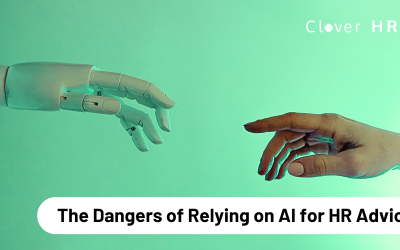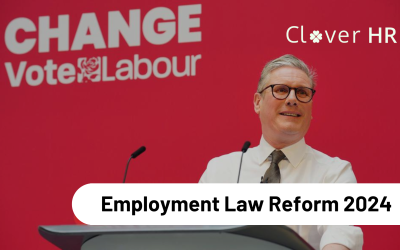Direct discrimination is when someone is treated unfairly because of a protected characteristic. Under the Equality Act, there are nine protected characteristics which include;
- age
- disability
- gender reassignment
- marriage and civil partnership
- pregnancy and maternity
- race
- religion or belief
- sex
- sexual orientation.
Direct Discrimination Example:
A business is looking to hire a personal assistant. One of the questions on the application form asks if the candidate has any disabilities that they believe will make any elements of the role difficult to complete. As disability is a protected characteristic, asking a candidate the above question is against UK employment law. Instead, as part of the recruitment process, employers can ask if any reasonable adjustments need to be made. An employer must not ask questions about any protected characteristics when hiring new employees.
What is Indirect Discrimination?
Indirect discrimination can happen when there are rules or policies that apply to a group of employees or even job applicants, but in practice are less fair to a certain protected characteristic.
It makes no difference whether anyone intended the policy to disadvantage an individual or not.
To prove that indirect discrimination is happening or has happened:
- there must be a policy which an employer is applying equally to everyone, or to everyone in a group that includes the employee claiming indirect discrimination;
- the policy must disadvantage people within a protected characteristic when compared with people without it. For example, a woman believes she’s experiencing discrimination against women;
- Employees must be able to show that it has disadvantaged them personally or that it will disadvantage them. For example, it’s unfair to employees who are women, but not to men; and
- the employer cannot show that there is a good reason for applying the policy despite the level of disadvantage to people with the protected characteristic.
If the employer can show there is a good reason for its policy, it is not indirect discrimination. This is known as objective justification.
Indirect Discrimination Example:
A job advert for a salesperson says applicants must have spent 10 years working in retail. By doing this the employer could be discriminating indirectly based on age. This is because the advert excludes young people who may still have the skills and qualifications needed.
The advert should instead say that applicants need a specific type of experience and knowledge. It should also include the main tasks and skills involved in the job, to show applicants what they’ll need to be able to do.
Other examples of discrimination in the workplace:
Discrimination by perception – this is when someone treats a person unfairly because they think they have a certain protected characteristic, whether or not it’s true.
Example:
An employee is rejected for promotion to a supermarket buying team that sources wines. The employer believes the employee is Muslim because of their name and they would therefore not want to work with alcohol. This is discrimination by perception (the employee is not a Muslim).
Discrimination by association/associative discrimination – this is when someone is treated unfairly because of the protected characteristic of either someone they know or someone they’re associated with.
Example:
An employee has a close friend who had surgery to change their sex. After some work colleagues find out about the surgery, they stop inviting the employee to social events. This could be discrimination by association, as gender reassignment is a protected characteristic.
Other examples of how discrimination can occur in the workplace:
- Job refusal;
- Being dismissed or having shifts cut down;
- Denial of training opportunities, transfers and promotions;
- Not being paid the same as someone doing the same job with the same experience and qualifications;
- Exclusion or isolation by co-workers;
- Having information, you need to do your job deliberately withheld;
- Being given impossible tasks; and
- Being subjected to taunts or abuse that references the protected attribute.
Proactive steps an employer can take to prevent discrimination in the workplace;
- Recruitment – make sure an advert doesn’t discriminate by using particular terms. An employer should also ensure all candidates are treated the same by asking them the same set of questions and avoiding questions that fall under the protected characteristics such as asking someone if they plan to start a family soon.
- Policy – create an equal opportunities policy. This should lay out the protected characteristics, direct and indirect discrimination and what behaviour is and isn’t acceptable at work.
- Embed in the company’s culture – as part of the company culture, employers should encourage employees to respect each other’s differences.
- Deal with complaints quickly – if someone does complain of discrimination an employer should deal with it quickly and confidentially. Make sure employees feel they are listened to and that differences are respected in their workplace.
- Training – educate employees about discrimination and let them know what your policy on it is. In addition, line managers should be trained to spot cases of discrimination and how to respond to them.
- Review – of policies to ensure they are up to date with the latest legislation and working effectively for the business.
If you would like further guidance or support on developing a diverse workplace or require advice on other people management matters please contact Clover HR on 0330 175 6601 or email us at info@cloverhr.co.uk


